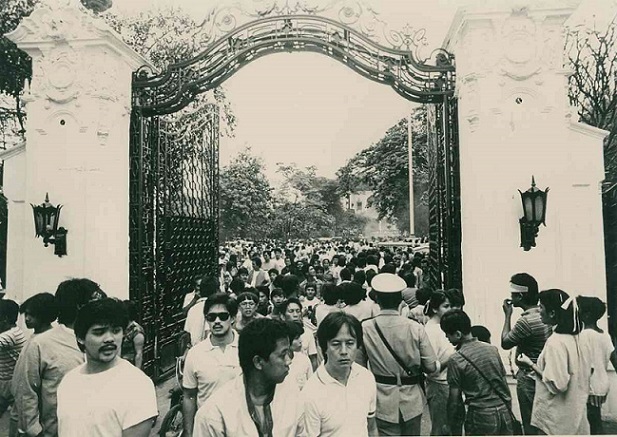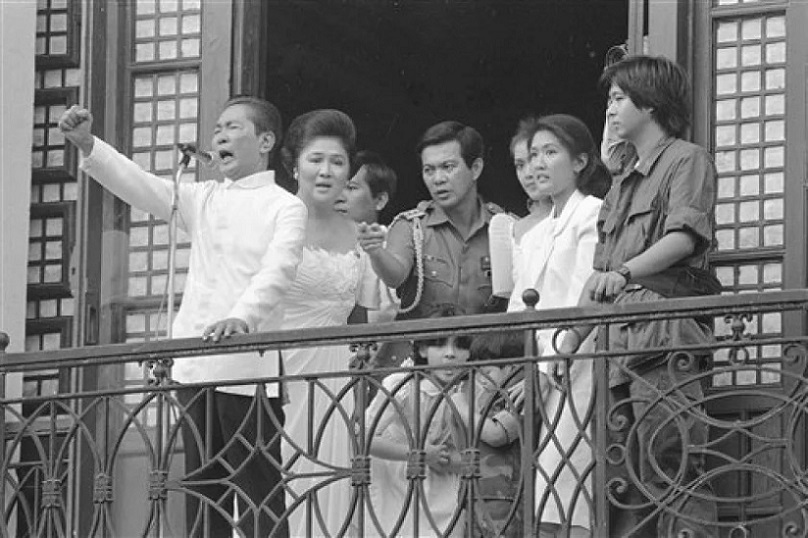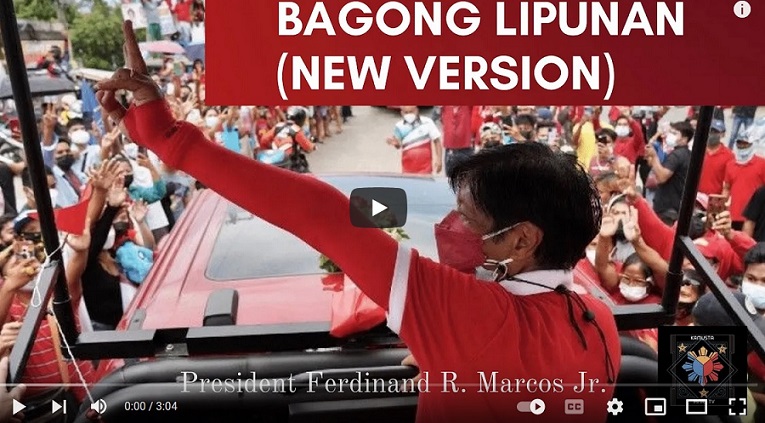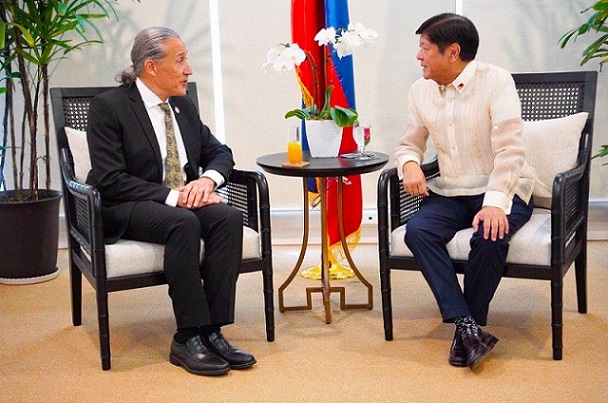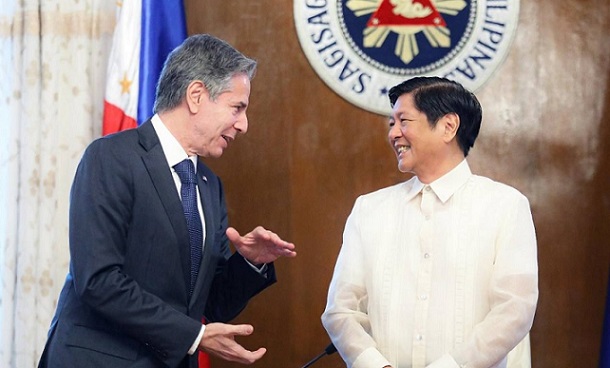
It is significant to note that President Ferdinand Marcos Jr. chose Indonesia as his first entry to the world stage first week of September.
Indonesia is a member of the 10-country Association of Southeast Asian Nations (ASEAN). It is a tradition among Philippine presidents to visit a neighboring ASEAN country first before he or she steps to the international stage.
“The Indonesia trip, I think, will be on Sept. 5, “ a source from the DFA said.
After Indonesia, Marcos will be going to New York in the United States to attend the 77th session of the United Nations General Assembly. Philippine Ambassador to the U. S. Jose Manuel Romualdez said Marcos is scheduled to address the assembly on Sept. 20.
Marcos’ Jakarta visit will further strengthen the 73-year bilateral relations between the two countries which have been allies in various common causes, notably the peace in Mindanao, and in the fight against terrorism.
The landmark 2014 Philippine-Indonesia maritime border agreement in the overlapping exclusive economic zones of the Mindanao and Celebes Seas in southern Philippines, which was signed after 20 years of negotiations, was hailed by the international community as model for resolving disputes peacefully, not with the use of military might.
During his New York visit, Marcos is expected to meet with U.S. President Joe Biden.
Although Biden has invited Marcos to Washington D.C. in a letter delivered to him by the American delegation to his June 30 inauguration, a DFA source said there is no meeting in the U.S. capital that is being worked out now.
Romualdez said a number of world leaders have requested for a meeting with Marcos while he is New York.
Being welcomed by no less than the U.S. president in American territory despite a standing $353-million contempt order is fraught with significant implications. First and foremost, it’s a psychological triumph for Marcos whose family has blamed the United States for abandoning them in their hour of need in February 1986.
It’s also a rebuke to his political enemies who have raised the contempt order and a possible arrest as signs of U.S. attitude toward his presidency.
China will be watching apprehensively Marcos’ meeting with Biden, which the U.S. officials see as a warming of relations between Washington and Manila after a tumultuous experience with Duterte.
Romualdez is the one coordinating Marcos visit to the U.N. because the designated permanent representative of the Philippines to the United Nations Antonio Manuel Lagdameo has not yet received his proper accreditation to the world organization.
Romualdez continues to be the ambassador to the United States, a position he has held since 2017 under the Duterte administration. A reliable source said he was the first choice to be the foreign secretary in the Marcos administration (The president is his nephew.) but China made known its opposition for him for that position because they (Chinese officials) see him as “pro-U.S.”
The source said former president Gloria Macapagal Arroyo, now representative of Pampanga’s second district, was also considered for the position of foreign secretary (as a peace offering to her for having been deprived of her much-desired position of speaker of the House of Representatives?) but she did not want any appointed position.
The same source said Arroyo was also considered as ambassador to the United States but it was seen as a move to ‘exile’ her where she would not be a threat to the Marcos presidency. She is known as the political mentor of Vice President Zara Duterte-Carpio.
The political undertows in the search of a foreign secretary led to an enlightened choice: Philippine permanent representative to the UN Enrique Manalo.
Manalo is not exactly new to the job of foreign secretary. In his four decades of foreign service career, he has held several important assignments including that of Foreign Affairs undersecretary for Policy and served as Acting Foreign Affairs Secretary from March 9 to May 17, 2017.
Marcos will have one the best minds to help him chart the country’s role in the global arena.
After the U.S trip, Marcos will link arms with 20 other world leaders when he attends the Asia-Pacific Economic Cooperation (APEC) summit in Bangkok, Thailand on Nov. 18-19.
